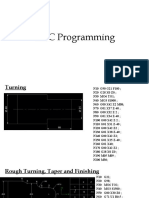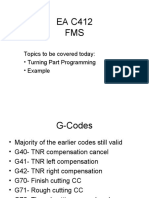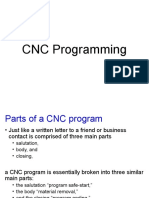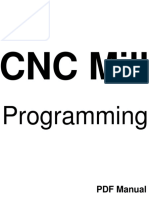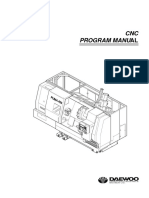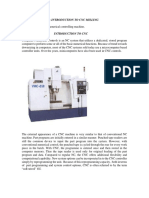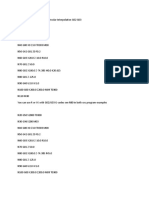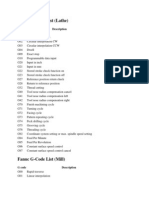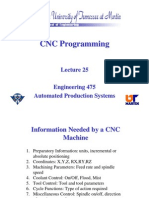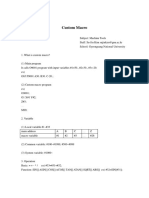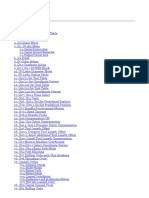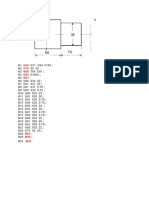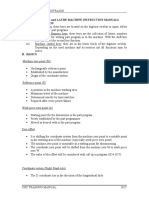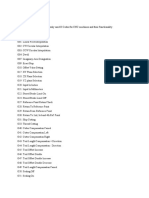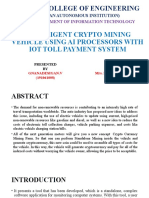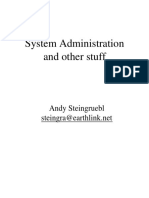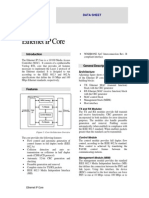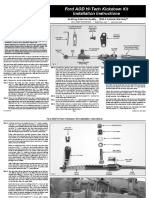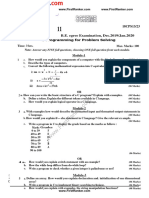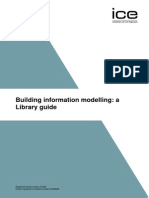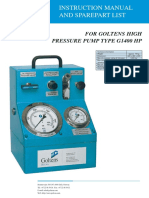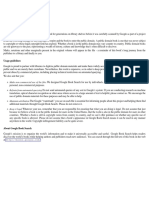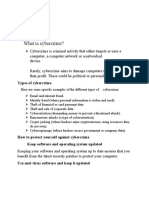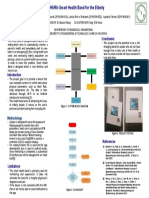0% found this document useful (0 votes)
170 views26 pagesCNC Programming 1
CNC programming involves writing instructions for computer numerical control machines. CNC programmers use G-codes and M-codes to control machine movements and functions. G-codes define motions like rapid movement, linear and circular interpolation, as well as tool and coordinate system settings. M-codes control functions like spindle start/stop and coolant on/off. Canned cycles automate repetitive motions like drilling and allow programmers to define hole locations without specifying each individual movement. Postprocessors translate toolpath calculations into the specific language of the machine controller.
Uploaded by
mohamed alsalhyCopyright
© © All Rights Reserved
We take content rights seriously. If you suspect this is your content, claim it here.
Available Formats
Download as PPTX, PDF, TXT or read online on Scribd
0% found this document useful (0 votes)
170 views26 pagesCNC Programming 1
CNC programming involves writing instructions for computer numerical control machines. CNC programmers use G-codes and M-codes to control machine movements and functions. G-codes define motions like rapid movement, linear and circular interpolation, as well as tool and coordinate system settings. M-codes control functions like spindle start/stop and coolant on/off. Canned cycles automate repetitive motions like drilling and allow programmers to define hole locations without specifying each individual movement. Postprocessors translate toolpath calculations into the specific language of the machine controller.
Uploaded by
mohamed alsalhyCopyright
© © All Rights Reserved
We take content rights seriously. If you suspect this is your content, claim it here.
Available Formats
Download as PPTX, PDF, TXT or read online on Scribd
/ 26


